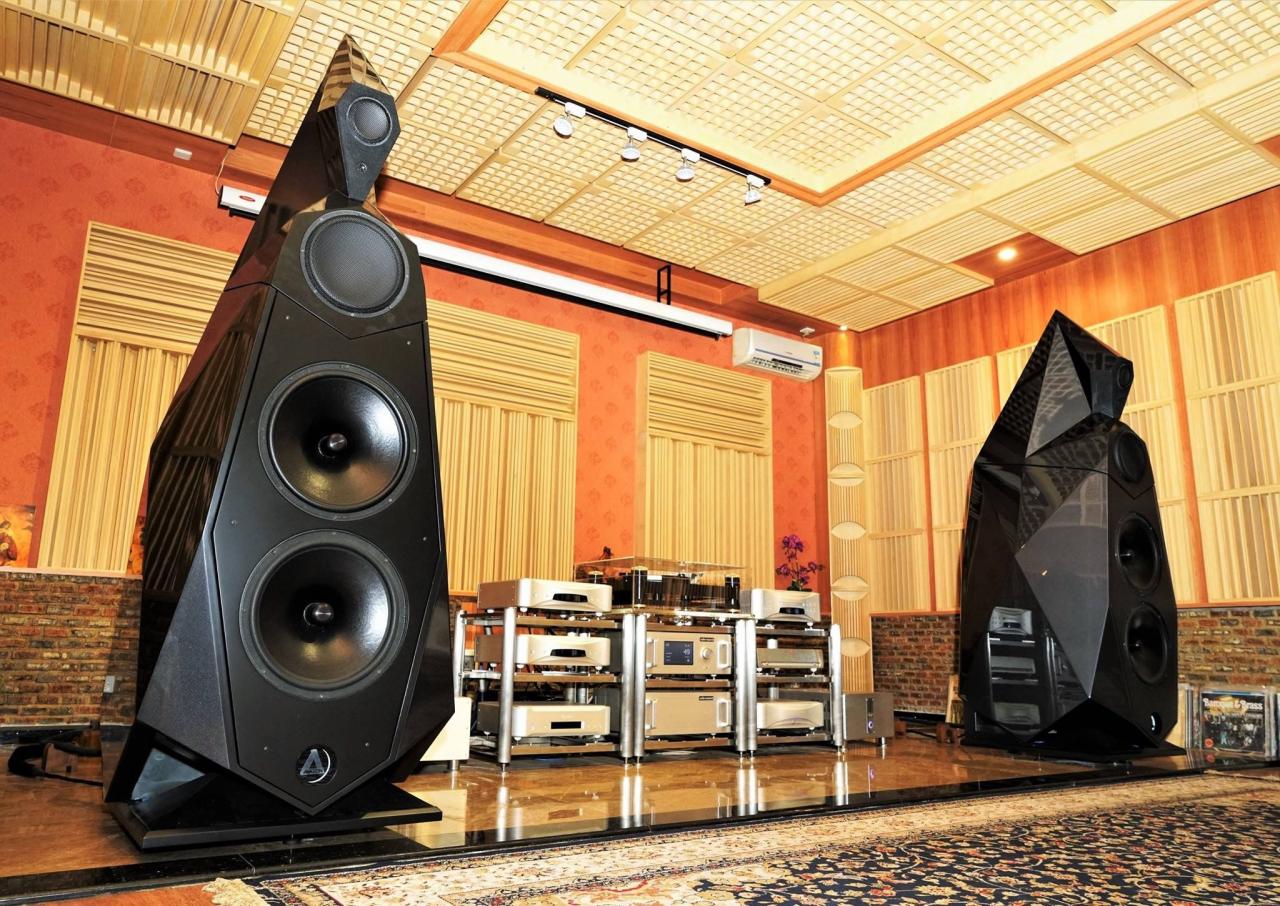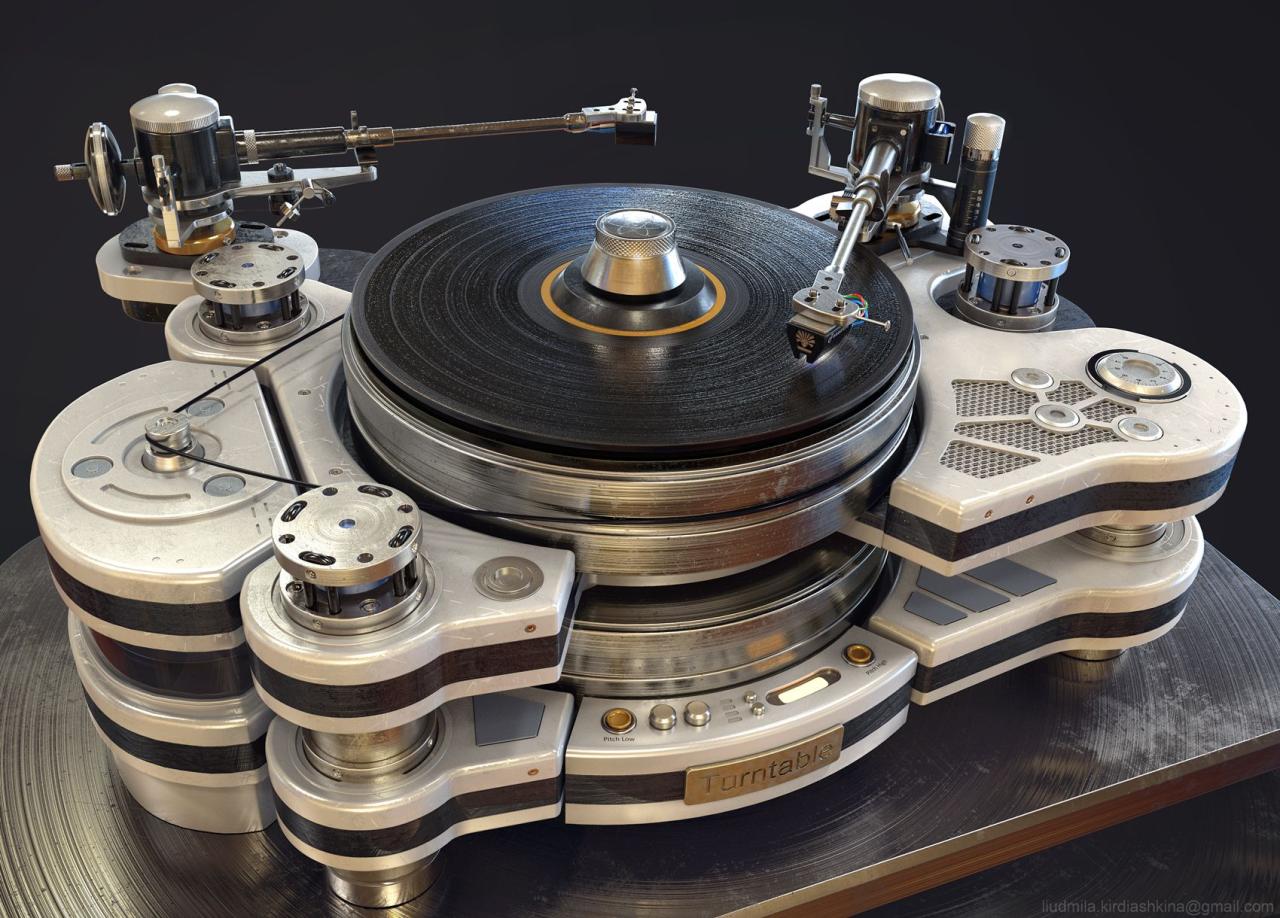Audiophile travel aetup – Audiophile travel setup: Imagine pristine sound, wherever you roam. This guide helps you build a portable audio system that doesn’t compromise on quality, even when you’re miles from home. We’ll cover everything from choosing the right headphones and portable amplifier to managing power and protecting your gear. Get ready to experience your favorite music in a whole new way, no matter your destination.
Building a great-sounding portable audio system is about more than just shrinking your home setup. It requires careful consideration of factors like power, noise isolation, and the practicalities of travel. This guide will walk you through selecting components that balance sound quality with portability and durability, ensuring your audiophile journey is as smooth as the music itself.
Portable Audiophile Equipment

Taking your high-fidelity audio on the go requires careful consideration of equipment choices. A portable audiophile setup balances sound quality with portability and durability, demanding a strategic selection of components. Let’s delve into the essentials.
Essential Components of a Portable High-Fidelity Audio System
A truly portable audiophile system usually consists of three core components: a high-resolution digital audio player (DAP), a portable headphone amplifier (or a DAP with a built-in, powerful amplifier), and high-quality headphones or in-ear monitors (IEMs). The DAP acts as your music library and source, the amplifier boosts the signal for better headphone driving, and the headphones deliver the sound to your ears.
Choosing the right combination of these elements is key to achieving optimal sound reproduction on the move.
Portable Headphone Amplifier Comparison
Portable headphone amplifiers vary significantly in power output, sound quality, and size. Some, like the iFi hip-dac2, are small and powerful, offering a significant upgrade in sound quality for sensitive IEMs and headphones. Others, such as the Cayin HA-300, are larger and more powerful, ideal for driving demanding headphones with high impedance. Smaller amps tend to prioritize convenience, while larger ones often boast more power and more sophisticated circuitry, leading to potentially richer and more detailed sound.
The choice depends on your headphones’ impedance and sensitivity, and your personal preference for size and weight.
In-Ear Monitors versus Over-Ear Headphones for Travel
In-ear monitors (IEMs) offer superior portability and noise isolation, making them ideal for travel. Their smaller size and lightweight design make them easy to pack and wear comfortably for extended periods. However, some individuals find IEMs less comfortable for long listening sessions and may experience ear fatigue. Over-ear headphones, on the other hand, offer greater comfort and potentially a wider soundstage, but they are significantly larger and bulkier, making them less convenient for travel.
So, you’re planning a trip? Awesome! Don’t forget travel insurance; it’s a lifesaver. Check out Aon travel insurance for comprehensive coverage. They often have great deals, especially if you book early. Speaking of planning, if you’re into birdwatching, you’ll want to make sure your trip is covered too, so look into Aon travel insurance again – they might have specific options for adventure travelers.
The choice hinges on personal comfort preferences and priorities regarding portability versus sound quality and comfort.
Lightweight and Protective Carrying Case Design
A well-designed carrying case is crucial for protecting your valuable equipment during travel. A hard-shell case, ideally with custom-cut foam inserts to securely hold each component, is recommended. The case should be lightweight yet robust enough to withstand the rigors of travel. Consider a case with a handle and possibly a shoulder strap for easier transport. Internal dividers can help keep cables organized and prevent scratching.
So, you’re planning a trip? Awesome! Before you jet off, remember travel insurance is key. Check out this resource for info on Aon travel insurance options; they often have great coverage. And if you’re a birdwatcher heading to a far-flung location, Aon travel insurance might be worth looking into for specific coverage needs, especially if you’re carrying expensive equipment.
Don’t leave home without it!
A compact, water-resistant case will offer maximum protection.
Essential Accessories for Maintaining Audio Quality During Travel
Maintaining audio quality on the go requires attention to detail. A high-quality, well-shielded cable is essential to minimize noise interference. Cable management solutions, such as cable wraps or pouches, prevent tangling and damage. A cleaning kit, including microfiber cloths and compressed air, is necessary for maintaining the cleanliness of your headphones and DAP. Consider including extra batteries for your DAP and amplifier, if applicable, to ensure uninterrupted listening pleasure.
Finally, a small, portable power bank will be beneficial for charging devices on the go.
Noise Isolation and Environmental Factors

Enjoying your high-fidelity audio on the go requires minimizing unwanted sounds. Ambient noise significantly degrades the listening experience, masking subtle details and forcing you to increase the volume, potentially leading to hearing damage. Understanding how to mitigate this is crucial for a truly enjoyable portable audiophile setup.Ambient noise comes in many forms during travel – the rumble of an airplane, the chatter on a train, the city’s cacophony.
These sounds interfere with your music, muddying the clarity and reducing the dynamic range. Higher frequencies, like those present in speech, are particularly disruptive, masking delicate high-end details in your recordings. Lower frequencies, such as engine noise, can create a persistent masking effect that reduces the impact of the bass in your music. The goal is to create a listening environment as close to a dedicated listening room as possible, minimizing these unwanted sounds.
Noise-Canceling Technologies and Techniques
Effective noise cancellation is key to preserving audio quality in noisy environments. Active noise cancellation (ANC) utilizes microphones to detect ambient noise and generate an inverse sound wave to counteract it. This technology is effective against consistent, low-frequency sounds like engine hum or airplane drone. However, ANC struggles with sudden, unpredictable noises or high-frequency sounds. Passive noise isolation, on the other hand, relies on the physical design of the headphones or earphones to block sound.
This is achieved through factors like materials, ear cup design, and the fit of the ear tips or earcups. A combination of both active and passive noise isolation usually provides the best results. For instance, high-end headphones might incorporate ANC alongside deeply cushioned earcups for superior noise reduction.
Selecting Headphones/Earphones for Passive Noise Isolation
Choosing headphones or earphones with good passive noise isolation starts with considering the design. Over-ear headphones generally offer better passive noise isolation than on-ear or in-ear options due to their larger earcups creating a better seal around the ears. Look for headphones with thick, plush earcups and a good seal. The material of the earcups also matters; dense materials like memory foam effectively absorb sound.
For in-ear earphones, the fit is paramount. Well-fitting ear tips create a physical barrier, blocking external noise. Experiment with different sizes of ear tips to find the best seal for your ears. Consider materials like silicone or memory foam for better sound isolation. A good seal is indicated by a comfortable, snug fit without discomfort or pressure.
Look for headphones or earphones with good reviews that specifically mention their passive noise isolation capabilities.
Selecting Appropriate Listening Environments, Audiophile travel aetup
Optimizing your listening environment while traveling involves choosing quieter locations whenever possible. On airplanes, selecting a seat away from the engines reduces noise exposure. On trains, opting for quieter cars can significantly improve the listening experience. In bustling airports, finding a quieter gate area or lounge can create a more peaceful listening experience. Using noise-reducing accessories, such as earplugs worn under headphones, can further enhance noise isolation.
Remember that even in quieter environments, factors like reverberation and background hum can still affect your audio. Therefore, a quiet, relatively enclosed space is ideal for optimal listening during travel. Consider the ambient sounds before selecting your listening spot; a café with loud background music will not be as conducive to a great listening experience as a quiet corner of a library.
So, whether you’re a seasoned audiophile or just starting your journey, creating a killer portable audio setup is entirely achievable. By carefully selecting your components, optimizing your power source, and employing effective noise-cancellation strategies, you can enjoy truly exceptional sound quality on the go. Remember, it’s all about finding the balance between portability, sound quality, and durability that best suits your needs and travel style.
Happy listening!
FAQ Guide: Audiophile Travel Aetup
What’s the best way to protect my headphones during travel?
Use a hard case or a well-padded carrying bag specifically designed for headphones. Avoid throwing them loosely into a backpack.
How do I prevent cable damage?
Use cable wraps or ties to keep cables organized and prevent tangling. Consider using durable, reinforced cables designed for travel.
What file formats are best for portable audio?
Lossless formats like FLAC or WAV offer the highest quality, but they require more storage space. Consider using a combination of lossless and lossy (like AAC or MP3) depending on your storage and quality preferences.
Can I use my home amplifier while traveling?
Probably not practically. Home amplifiers are generally too large and power-hungry for travel. You’ll need a dedicated portable headphone amplifier or DAC/amp.